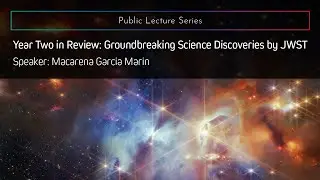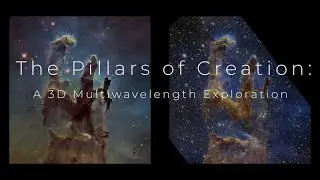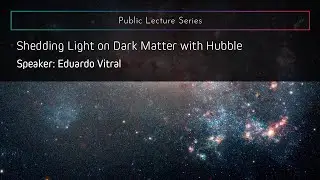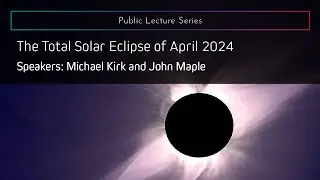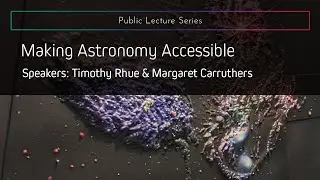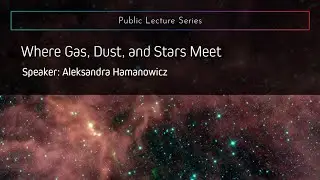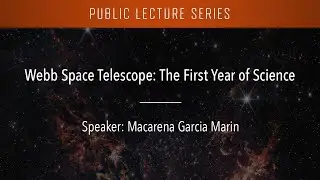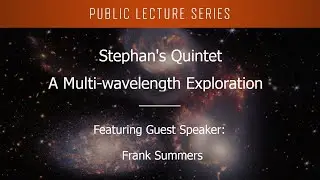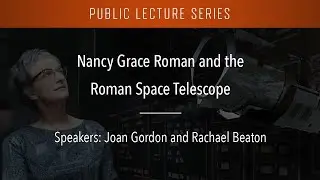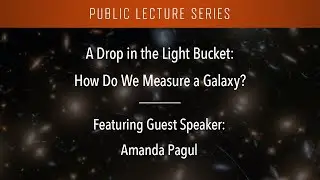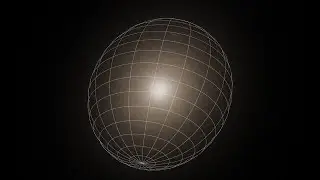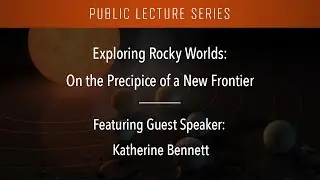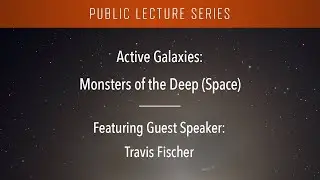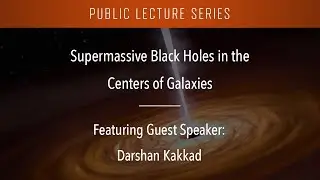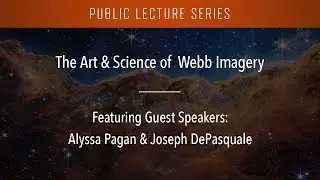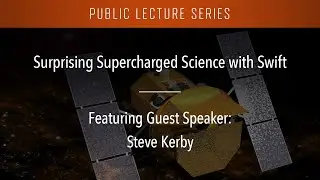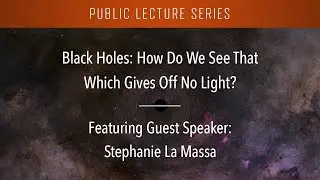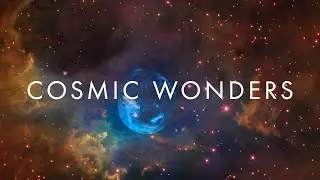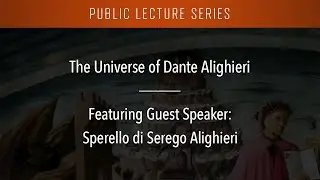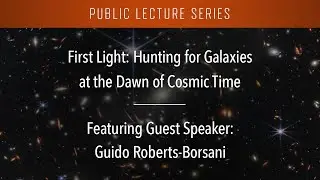The Crab Nebula and Things that Go Kaboom in the Night
Frank Summers, Space Telescope Science Institute
Massive stars do not go gentle into that good night. They rage against the dying of the light in titanic supernova explosions. These stars, more than 10 times the mass of our sun, exhaust their nuclear fuel in less than 1 percent of the Sun's lifetime. Their brilliant blasts, in which a single star can outshine an entire galaxy, serve as both galactic recycling engines and cosmic beacons. The stellar remains range from the densest objects in the universe to gossamer gas filaments expanding across interstellar space. In one particular supernova remnant, the Crab Nebula, its 3D nested structure showcases the energetics and interconnections revealed by multiwavelength astronomy.
Recorded live on Tuesday, February 4, 2020, at the Space Telescope Science Institute in Baltimore, Maryland, U.S.A.
More information: www.stsci.edu/public-lectures









